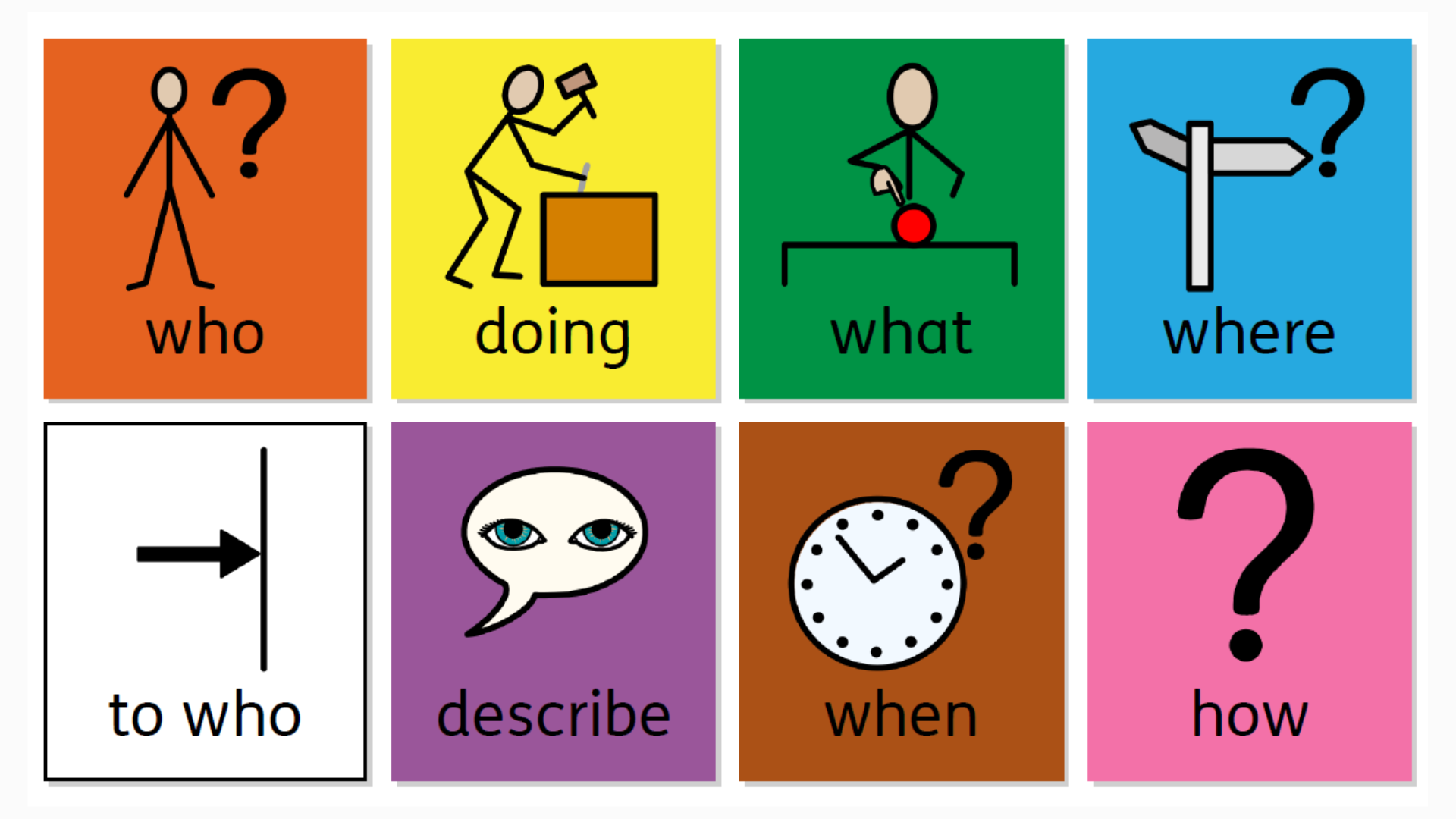Enhancing Language Development with Colourful Semantics
At Prospero Teaching, we’re passionate about empowering educators with practical, research-based strategies that truly make a difference in the classroom. In this post, we delve into colourful semantics, a powerful approach designed to enhance children’s language skills through visual and semantic cues.
What Is the Colourful Semantics Approach?
Developed by UK Speech and Language Therapist Alison Bryan in the late 1990s, colourful semantics is a psycholinguistic method that breaks down sentences into core thematic components – Who, What Doing, What, Where – each assigned a distinct colour. This structured visual support helps children grasp how words connect to meaning and sentence structure, bolstering both comprehension and expressive abilities.
Who Benefits Most from Colourful Semantics?
This versatile strategy supports a wide range of learners, including those with:
-
Developmental Language Disorder (DLD)
-
Autism Spectrum Disorder (ASD)
-
Dyslexia and general literacy challenges
-
Down Syndrome
-
English as an Additional Language (EAL)
Its visual and scaffolded nature makes colourful semantics especially effective in inclusive or mixed-ability classrooms, supporting both individual learners and entire groups.
How Colourful Semantics Works in Practice
Colour Coding System:
-
Who? – Orange
-
What Doing? – Yellow
-
What? – Green
-
Where? – Blue
-
(Further stages: When, To whom, What like, Why, etc.)

Why Choose Colourful Semantics?
Educational Benefits:
-
Expands vocabulary range
-
Enhances grammatical structure and sentence complexity
-
Strengthens responses to questions and narrative skills
-
Deepens understanding of nouns, verbs, adjectives, and prepositions
-
Supports both spoken and written language development
Proven Effectiveness:
-
A Sri Lankan study with deaf or hard-of-hearing children showed statistically significant improvements in understanding and responding to “wh” questions after a 12-week programme using colourful semantics
-
Broader studies report notable gains in sentence organisation, expressive language, and confidence – highlighting the method’s adaptability in whole-class or small-group contexts
Expert Tips to Make It Work in Your Classroom
-
Begin Tailored: Assess current language levels. For instance, start with “Who” + “What Doing” if children are forming short phrases, and introduce “What” and “Where” as they progress.
-
Use Visual Anchors: Display colourful sentence strips visibly in the classroom to reinforce structure constantly.
-
Blend Modalities: Combine oral, written, and interactive exercises – like sentence-building games or shared storytelling.
-
Track Progress: Observe student performance 1:1 or in groups. Resources like the BDCFT screening tool can help monitor growth over time.
-
Scale Gradually: Start in intervention groups and, once familiar, expand to a whole-class approach to reinforce language across learning contexts.
Final Thoughts: Why Prospero Teaching Recommends Colourful Semantics
At Prospero Teaching, we believe in empowering educators with approaches that are both evidence-based and easy to implement. Colourful semantics blends visual learning with linguistic structure, offering a clear scaffold that supports all learners, not just those with specific language challenges.
Whether you’re a class teacher, teaching assistant, speech therapist, or tutor, this method offers flexibility and impact. Ready to explore more? We can help you access tailored training, lesson plans, and CPD-accredited resources through Prospero Learning to integrate colourful semantics seamlessly in your teaching practice.
Explore rewarding SEND opportunities
Teaching Blog
No results found.....